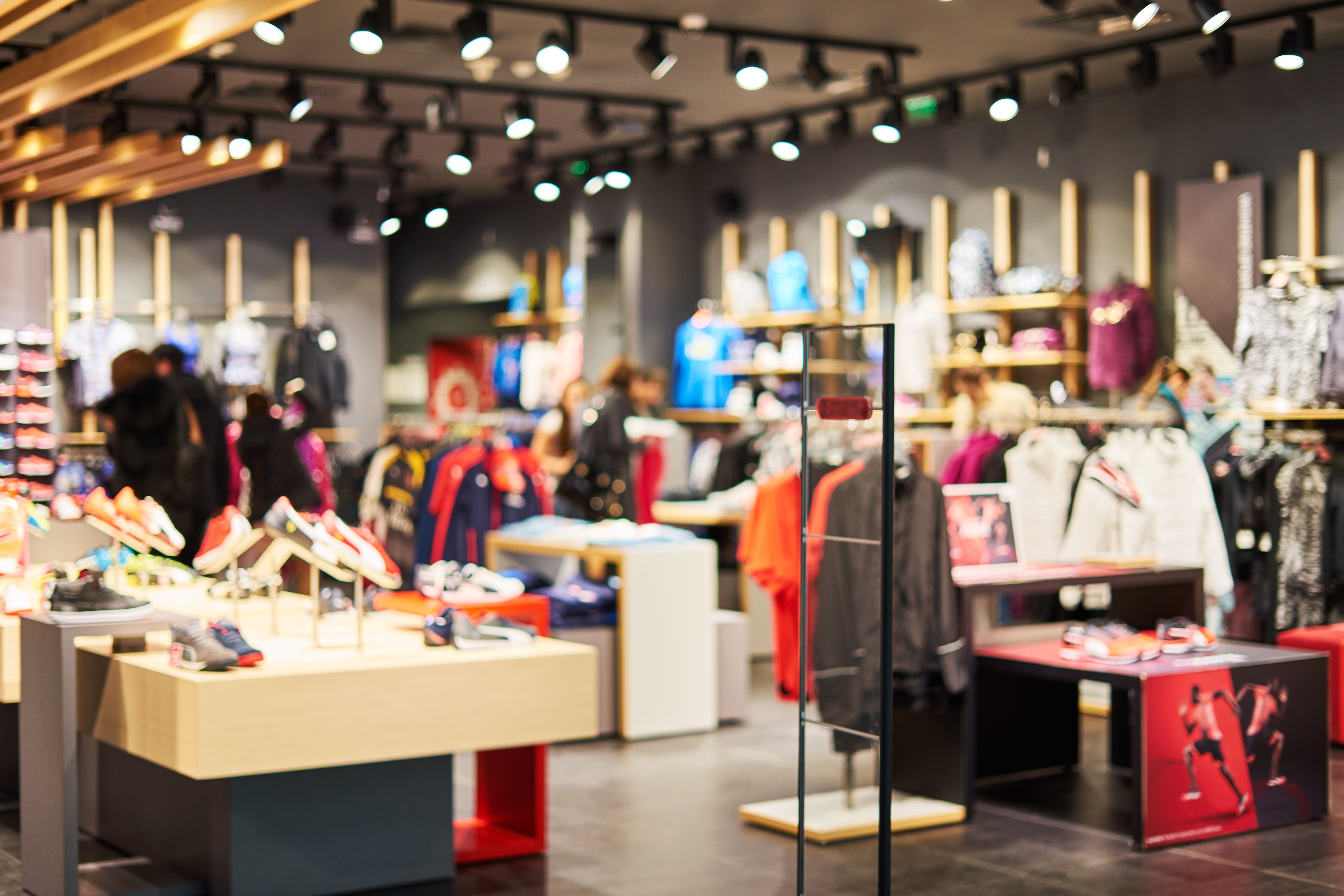
eCommerce is having a moment. We’ve always known brand websites are important for extending your business’s presence and reaching more customers. But with the uncertain future of experiential retail due to COVID-19, now it’s more important than ever.
But it’s not enough for your brand to simply be online. Your eCommerce platform needs to accurately reflect your physical store. This means translating the positive experience customers have in your shop into a positive user experience, or UX, on your webstore. Google Search recently announced it will be favoring websites with great UX, so now is the time to shape up.
Fortunately, regardless of whether you’re a consumer or a provider, we are now in “an environment where imagination and technical ability, not wealth, are the only barriers.” Meaning, if you have the drive and commitment to succeed online, you can.
Here are six actionable tips for how to better reflect your fashion brand’s physical store online.
And don’t forget to check out Part 1.
Eliminate clutter
Think of your eCommerce storefront like your physical retail store: both work best when they’re clean and minimal. Clear out the cobwebs by streamlining your eCommerce storefront. Make your offers immediately apparent. Don’t confuse your customer with lots of information—keep it simple, and focus on your central product(s) and ethos. If you’re a sustainable brand, such as United By Blue, put that information on your homepage, with a link to click through to another page with more detail. By sticking with basic information, you ensure your homepage is not only user-friendly, but that it also loads quickly.
Ensure your logo is front and center and easy to read
You have your logo pride of place on your store’s front window, door and sandwich board; that same approach needs to be taken with your web store’s homepage. Ensure your logo is high resolution and scalable, so that it is mobile-friendly. Test that it displays well on both desktop and mobile, and try visiting your website on different mobile devices to minimize any bugs. It may sound simple, but by branding your eCommerce store correctly, you ensure it communicates the same level of professionalism as your retail store.
Keep a consistent visual language
Use the same colors, textures and themes that you thoughtfully chose for your retail store in your online store. And if you don’t have colors or textures? Keep that same simple palette online. Whether they’re online or offline, all of your customers should be reading the same visual language from your brand. This consistency is key to creating a harmonious experience and gives returning customers the assurance that they’re in the right place. New customers will also feel confident when they see this cohesion across your website, social media pages and in photos of your retail store. What’s more, they’ll trust that this same commitment to quality translates to your products.
Mimic the layout of your physical store
Make it easy for people to find what they’re looking for by ensuring your online store’s layout echoes that in your physical store. That means if you generally greet shoppers with new season items, then show them special ranges or collaborations, followed by older items and accessories, or sale items, this same customer journey needs to be replicated online. You can also carry this product hierarchy over to your navigation bar and/or dropdown menu. Keep it cohesive to avoid confusion.
Have clear, high quality photos
You wouldn’t leave your products lying flat and lifeless on a display cabinet in the front of your store, so why would you have low-quality, lifeless product photography on your webstore? The key is to have clear, high-quality mannequin or display photos, as well as high quality flat-lay photos. Plain white backgrounds allow your products to really shine, and won’t distract your customers. The more your photos accurately represent your product and show people exactly what they’re buying, the more likely they are to click “add to cart.”
Make it mobile-friendly
More than half of online shoppers make purchases using a mobile device, so while you spend hours making sure your desktop site is beautiful, ensure you also pay attention to how it scales to mobile, and remember to optimize each page. Think of it like how a shopper takes a glimpse of your retail store through the window—they might click on it for a second, and if it loads badly, they’ll click out. First impressions are crucial, and these are increasingly happening on mobile. Users who have a negative experience in your mobile store are said to be 62% less likely to purchase from you in the future. So make sure your eCommerce site is up to scratch. Progessive Web Apps (PWAs) are all the rage in the eCommerce industry. They replicate the app experience on a mobile browser for a fraction of the cost and commitment of a Native App. Now is the perfect time to implement a PWA to your digital offerings. To learn more about PWAs you can check out our recent blogs here.
Conclusion
By taking the same care with your eCommerce storefront as you do with your physical storefront, the greater your chance for success online. Represent your range online as you would in-store—with your unique style, care and attention to detail. For help on how to make your webstore better reflect your retail store, click here to speak to a member of our team.

